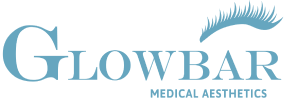PRP Treatment for Hair Growth
PRP Treatment for Hair Growth

PRP Treatment for Hair Growth
Hair loss is something that we all dread, especially when we used to have a thick mane on our head. Thinning is natural as we age, as our hair follicles no longer get the nutrients they need, causing them to close. An alternative to reverse that effect is the PRP treatment for hair growth, which uses your own blood to stimulate blood circulation in your scalp. These treatments are available at Glowbar Medical Aesthetics for anyone wishing to improve their hair health.
Candidates for PRP Treatment for Hair Growth
PRP treatments are suitable for patients who are in the early stages of hair loss or balding and don’t want to resort to surgical hair transplants. Most patients who get this treatment wish to reduce the signs of pattern baldness (androgenic alopecia), hair thinning, and other similar conditions.
Patients with shrinking or weak hair follicles can use PRP treatments to rejuvenate them, preventing excessive shedding and prolonging the hair growth cycle. If hormonal imbalances are causing your follicles to weaken ahead of their time, PRP for hair can be a less invasive method to restore hair thickness.
The procedure is not recommended for those with severe androgenic alopecia or whose hair follicles have been dormant for a long time. Additionally, patients with autoimmune diseases, blood disorders, or active skin infections cannot get the treatment. A consultation with our providers can help determine whether or not you are a good candidate.
Before and After
Before and After
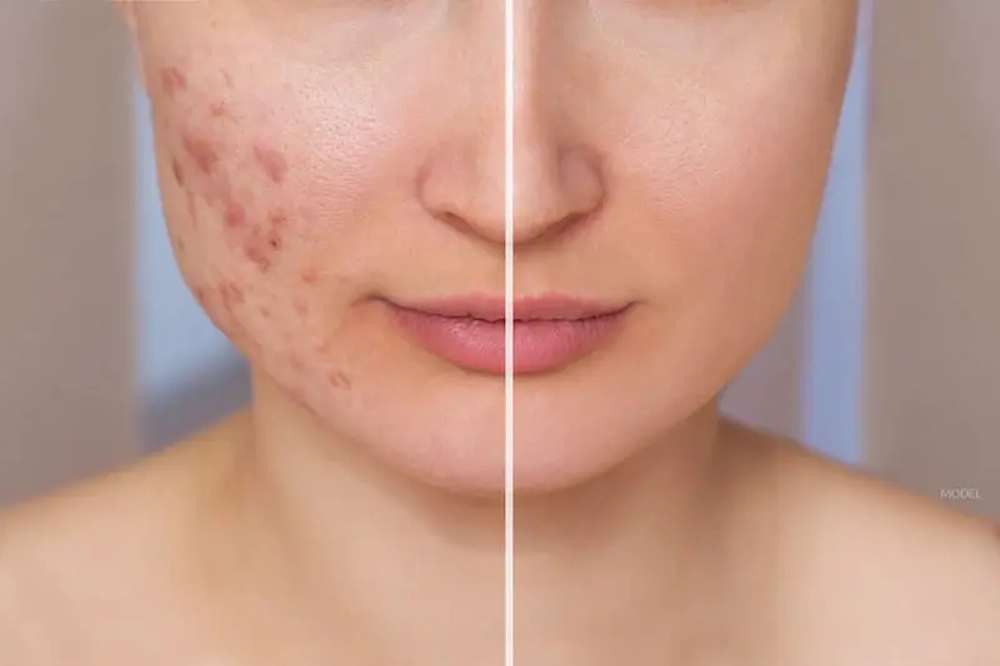
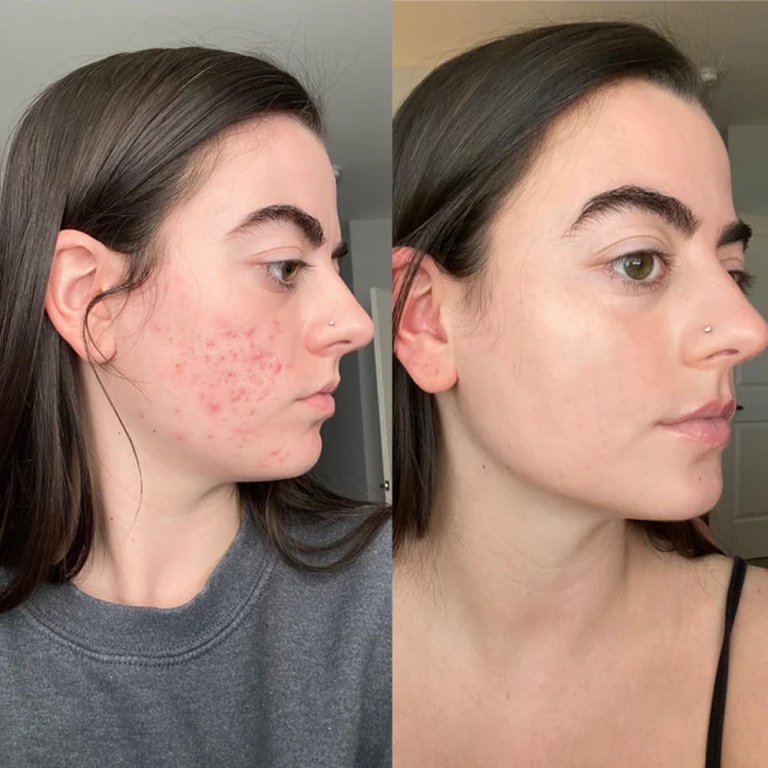
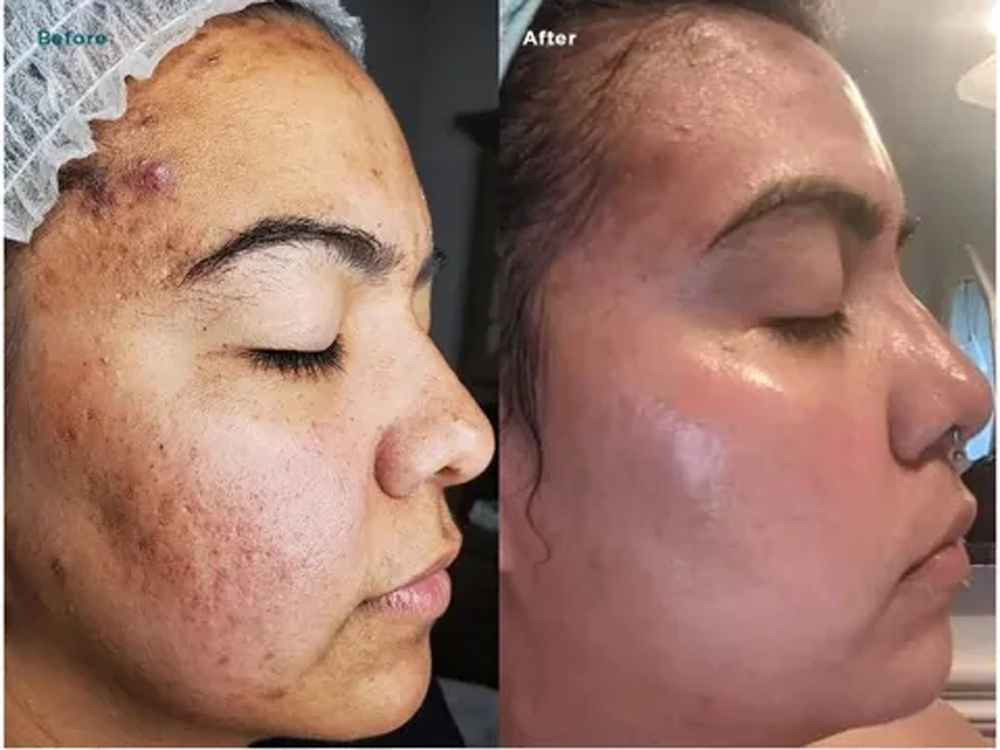
How PRP Treatment for Hair Growth Works
PRP treatments use platelet-rich plasma (PRP) from your blood to trigger cell regeneration in the skin. When the procedure is used on the scalp, the growth factors and nutrients are delivered to the dormant follicles, reawakening them so that hair starts growing again.
The procedure begins with the blood collection stage, where a small amount of blood will be drawn from your arm. The amount is no more than you would give for your average blood test. After that, the blood is passed through a centrifuge, where the platelet-rich plasma is separated from the other components in your blood.
The resulting substance rich in healing protein and growth factors is injected into the scalp. Our providers can focus on a specific problem area or your entire scalp, depending on the issue you want to address. A consultation is often necessary to narrow down the treatment area(s), helping you make the most of the procedure.
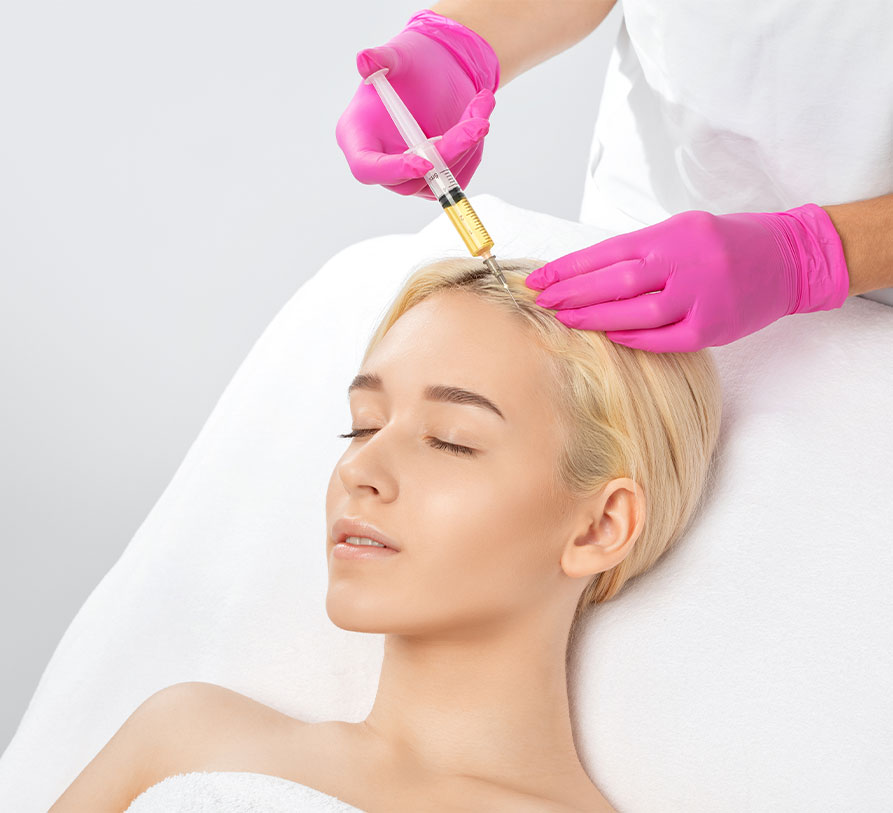
Recovery from PRP Treatment for Hair Growth
Since PRP for hair growth is a minimally invasive procedure, the potential for downtime is reduced. This is strengthened even more by the fact that no chemicals are used, with just your blood being used to create the injection. This means there are minimal to no chances of rejection or allergic reaction, as your body is already familiar with the substance.
Still, like with any injection, you can expect to see a few local side effects. Mild redness, soreness, and swelling can happen, as it’s the typical response for the needle piercing the skin. While uncommon, some patients can also experience shock loss, which is usually part of the natural growth cycle. The effect is temporary and should settle within a few weeks.
Avoid applying hair products or washing your hair for at least 24 hours to ensure the recovery is as smooth as possible. The PRP will have to settle and start working during this time. Vigorous exercise should also be avoided for the next few days to prevent sweat from causing complications.
PRP Treatment for Hair Growth Results
Results from PRP for hair growth are gradual, as the platelet-rich plasma needs time to nourish the follicle. You may notice mass shedding within the first few weeks as the follicles strengthen and prolong the growth cycle. Within three to six months, you might see more “baby hairs” all over the scalp, with your part no longer as bald looking.
Full results usually settle after six to 12 months, when the hair has grown enough to improve volume and thickness. The hair shaft may no longer break as quickly, as it is now stronger with the nutrients sent into the follicles.
We recommend following a good haircare routine and being gentle while you brush the hair, preventing it from falling unnecessarily. You can schedule maintenance treatments every two years, but the exact timeline depends on your hair needs.
